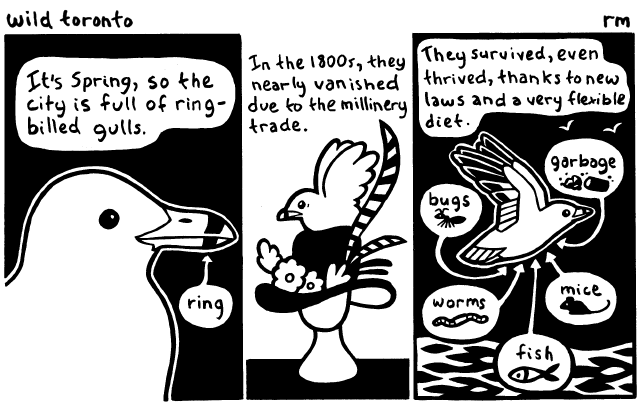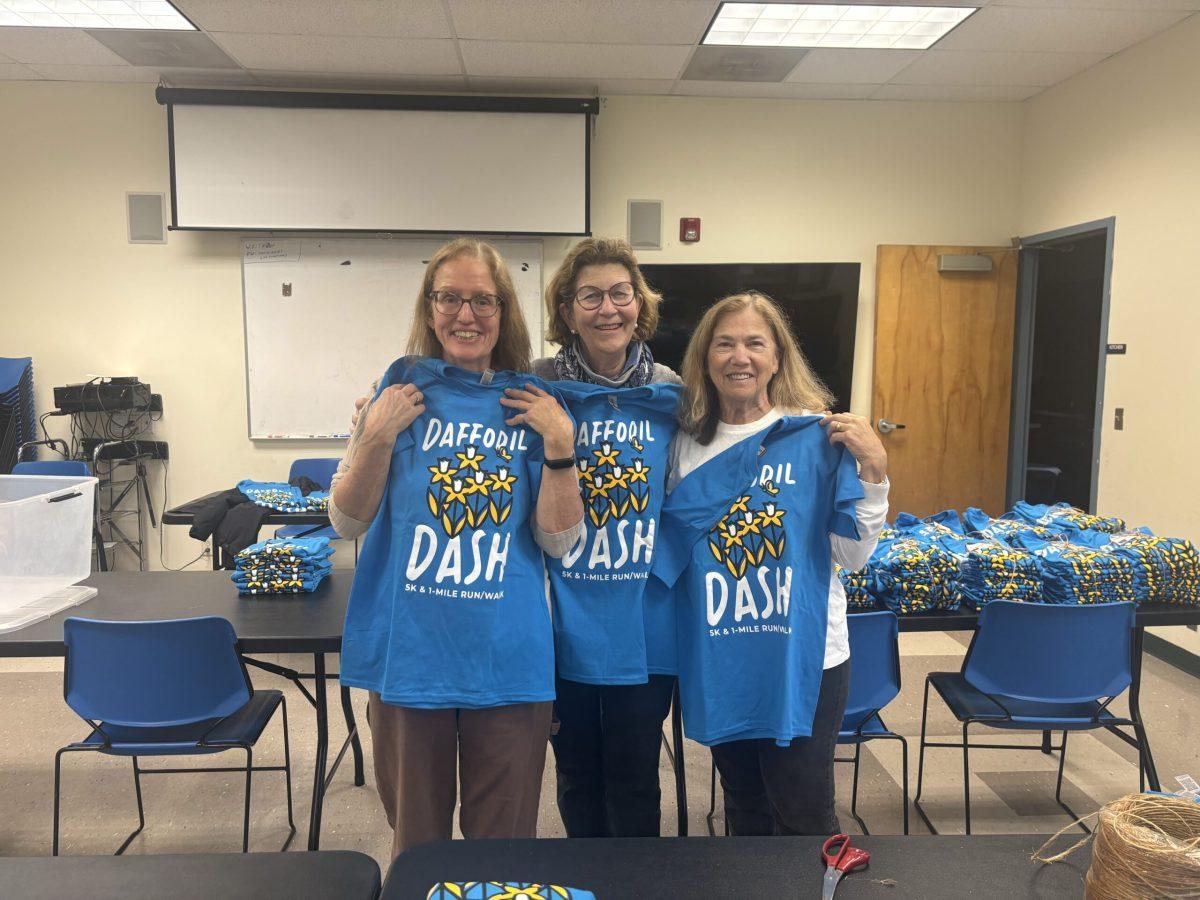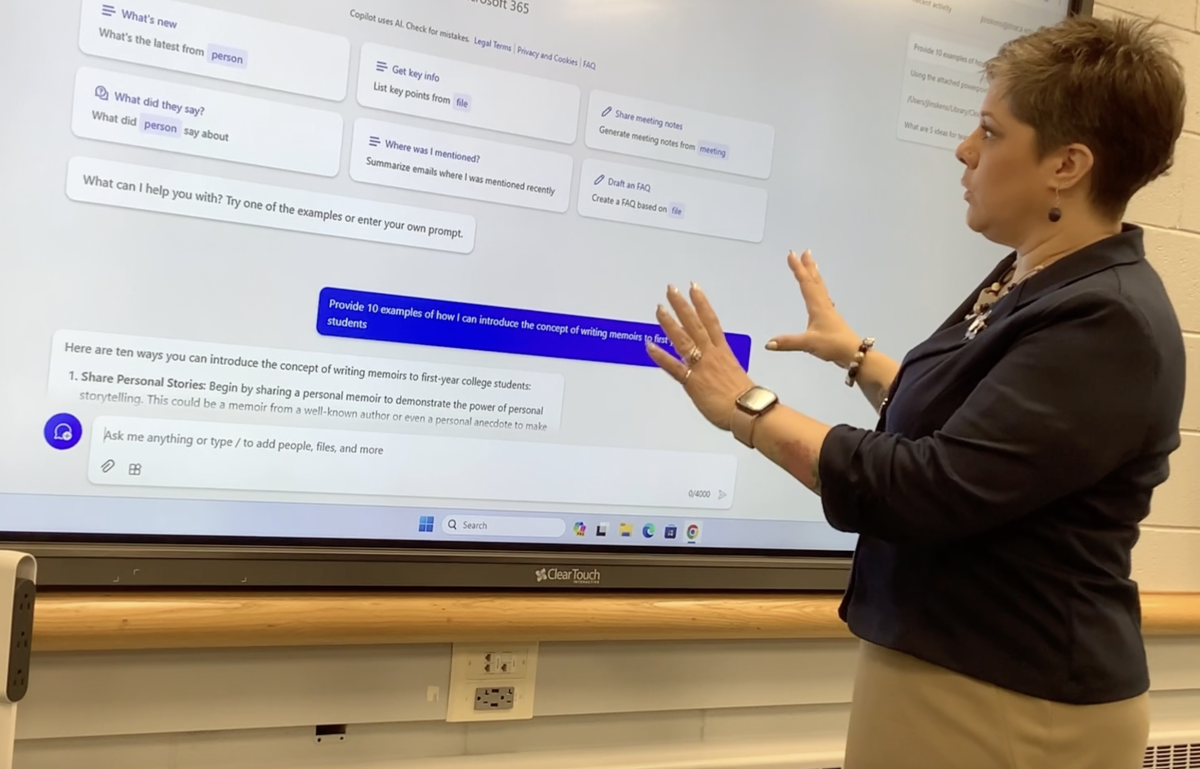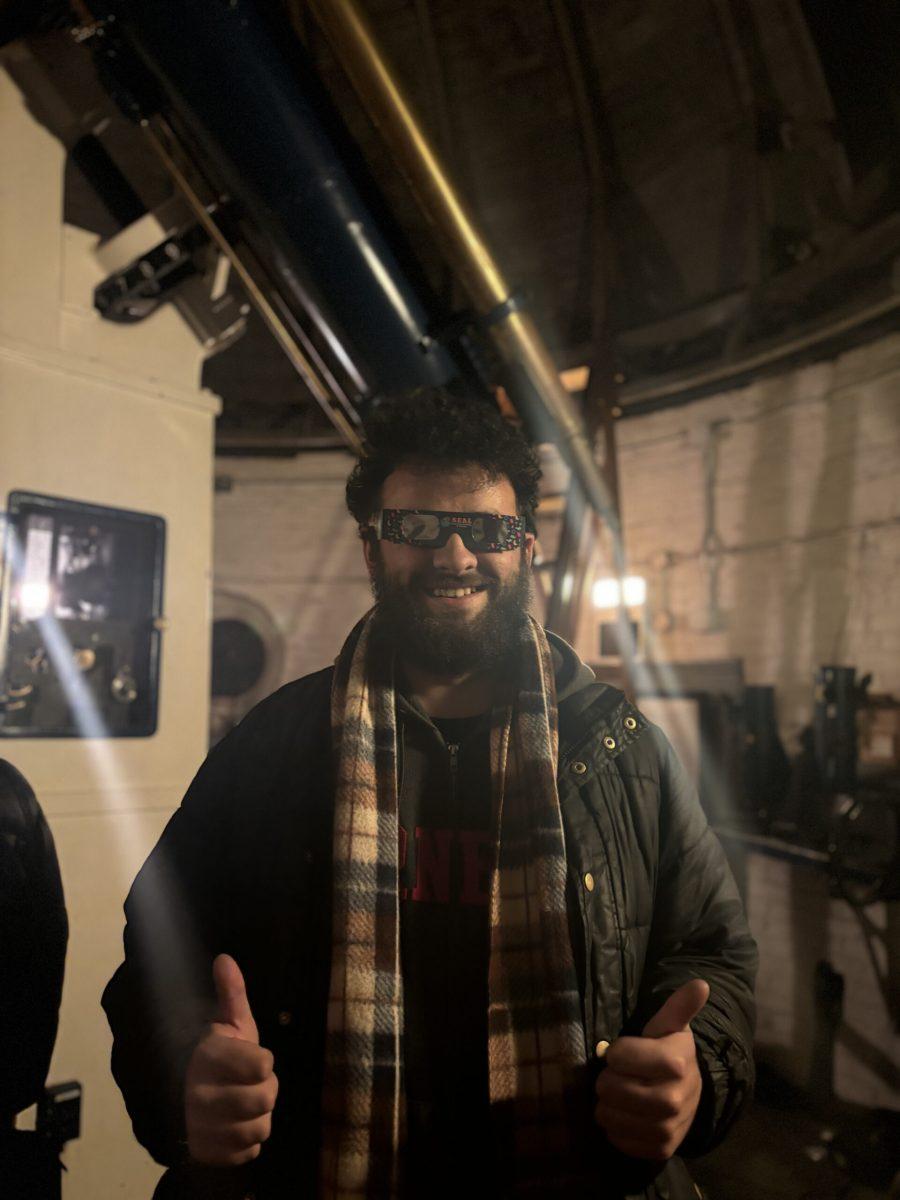“It is important to have the intermediaries who can work between the scientists and the public,” Mosco said. “And I decided that I wanted to be one of those people.”
Mosco is part of a larger tradition that dates back to scientists and artists like Galileo, Charles Darwin and Leonardo da Vinci.
Like Darwin, Galileo and Leonardo, Mosco is a scientific illustrator. She has used her artistic talents to catalogue and preserve everything from raccoons to the Ovenbird.
The rise in digital media has reinforced the importance of science illustration, said Chris Sanders, a longtime artist and member of the Guild of Natural Science Illustrators.
“With information available on demand in the digital age there is even more need for illustration,” Sanders said. “The human mind can read 40 words in 5 seconds. A picture is worth a thousand words. An illustration is worth 10,000 pictures.”
Despite the explosion of computers and digital media, hand-drawn science illustration remains a popular vocation.
There are over 700 members in the Guild of Natural Science Illustrators. Of the 26 members of the Finger Lakes’ Chapter, most reside in Tompkins County, said chapter president Liisa Mobley.
Several universities, including California State, offer degrees in science illustration, and there are over 60 programs around the world that offer such degrees, according to the Guild of Natural Science Illustrators. Cornell University has its own science illustration internship program out of the Lab of Ornithology.
The guild organizes shows of its members’ work, which it then puts on across the northeast. These shows are part of the larger aim of science illustration, which is to educate, said Mobley.[swfobject]2385[/swfobject]
“The main goal of science illustration is to be used for an educational purpose, whether in a textbook or in an art show,” she said. “People like to look at drawings when they’re learning something. It appeals to a wide range, both children and adults.”
Alice Tangerini, a science illustrator at the Smithsonian National Museum of Natural History, said that despite the increased use of technology, there will always be a need for hand-drawn illustrations.
“The fine art aspect of science illustration can never be replaced by a computer because a computer turns out a digital file,” she said. “You cannot replace what a science illustrator does with a camera either. What the illustrator does is interprets information to an audience, which a camera doesn’t do.”
The power of the art comes from the interpretation of the artist—such as emphasizing the difference in tail-feathers from a male to female bird, said Mobley.
“What the illustrator is doing is simplifying what the reader needs to know, highlighting the important parts,” she said. “Sometimes that might get lost in photographs because it’s an individual representation of something rather than a composite.”
Tangerini, who has worked as an illustrator for over 40 years, says that despite technology giving artists another medium to produce their work, she will always prefer the tactile nature of hand drawing.
“[The field] has changed dramatically since I graduated, especially with the advent of computers,” she said. “But I still enjoy the physical act of drawing and feeling the tension of the pen or pencil on the paper.”







